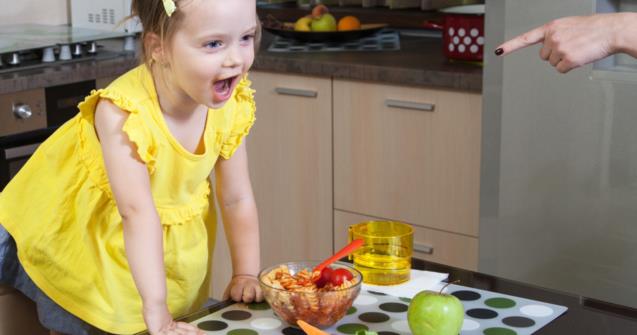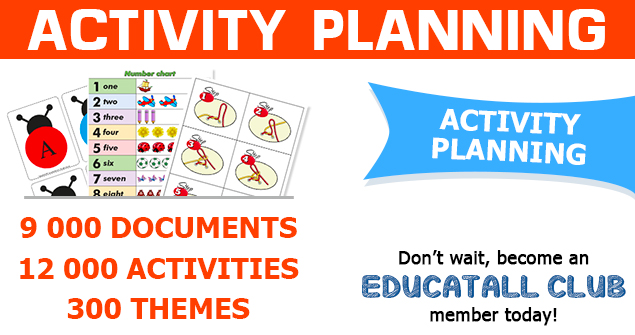
When a child is always getting up during meals
A constant need to move, wanting to use the bathroom, the urge to pick something up off the floor...all during lunch time. Do you recognize a child in your group? It's quite possible. Some children simply have a stronger need for activity or may just not be very hungry at lunch time. A child may just want to get back to playing with his favorite truck. Every child is unique and that is exactly why you need to adapt your interventions.
Learning to remain seated during meals is important, both at home and at daycare. Learning to stay in a seated position and wait can help children develop their attention span and remain calm for a certain period. Most of all, it will provide them with the opportunity to eat their meal. As with any type of behaviour, you can help children learn to stay in their chair during meals through simple interventions.
Here are a few tricks that may come in handy.
Let's begin with the most important one: clearly stating your expectations. Tell children exactly what you want them to do during meals. Explain that, for example, you want them to remain seated, eat calmly, and wipe their hands when they are done eating. State what you want them to do in clear terms from the start so children know exactly what they are supposed to do.
Make sure children can expend plenty of energy before lunch time. Encourage children to be active. It can be as simple as exercising or running around for five minutes before inviting them to sit down at the table. You could also have them mime different animals as they move towards the table. Keep in mind that if children are given the opportunity to burn off their energy, it will be easier for them to stay calm during mealtime.
Stick an animal picture on each child's chair and have children hide their animal by sitting on it. This will make sitting fun!
Have realistic expectations. A two-year-old will have difficulty remaining seated for 45 minutes without moving. Mealtime should not extend beyond 20-30 minutes. Ask children to sit throughout mealtime and inform them that they will be allowed to get up once they are done eating. Using a timer can also represent an interesting alternative. Children may appreciate an audible signal.
Give children simple tasks such as distributing plates, milk glasses, facecloths, etc. These tasks will make it possible for them to move around somewhat while helping mealtime run smoothly.
Implement a group motivational system. For example, you could let every child who successfully remains seated during mealtime to add a cotton ball to a jar or a sticker on a chart. Once the jar or the chart is full, your group gets a reward.
Be a good role model. Take the time to sit down and eat with your group. Children learn through example. We must keep this in mind in all situations. Talk with your group and take the time to really BE with them throughout mealtime. You'll have plenty of time to be active during the day.
I hope these simple tricks will make mealtime more enjoyable for you and your group. Don't forget, several attempts may be necessary before children succeed.
Maude Dubé
Specialized educator

 Home
Home Theme activities
Theme activities
 Babies and toddlers
Babies and toddlers
 Arts and crafts
Arts and crafts
 Science
Science
 Creative recipes
Creative recipes
 Tips and tricks
Tips and tricks
 Special needs
Special needs
 Extra activities
Extra activities
 Educ-TV
Educ-TV
 Newsletter
Newsletter  Online store
Online store Educatall club
Educatall club


